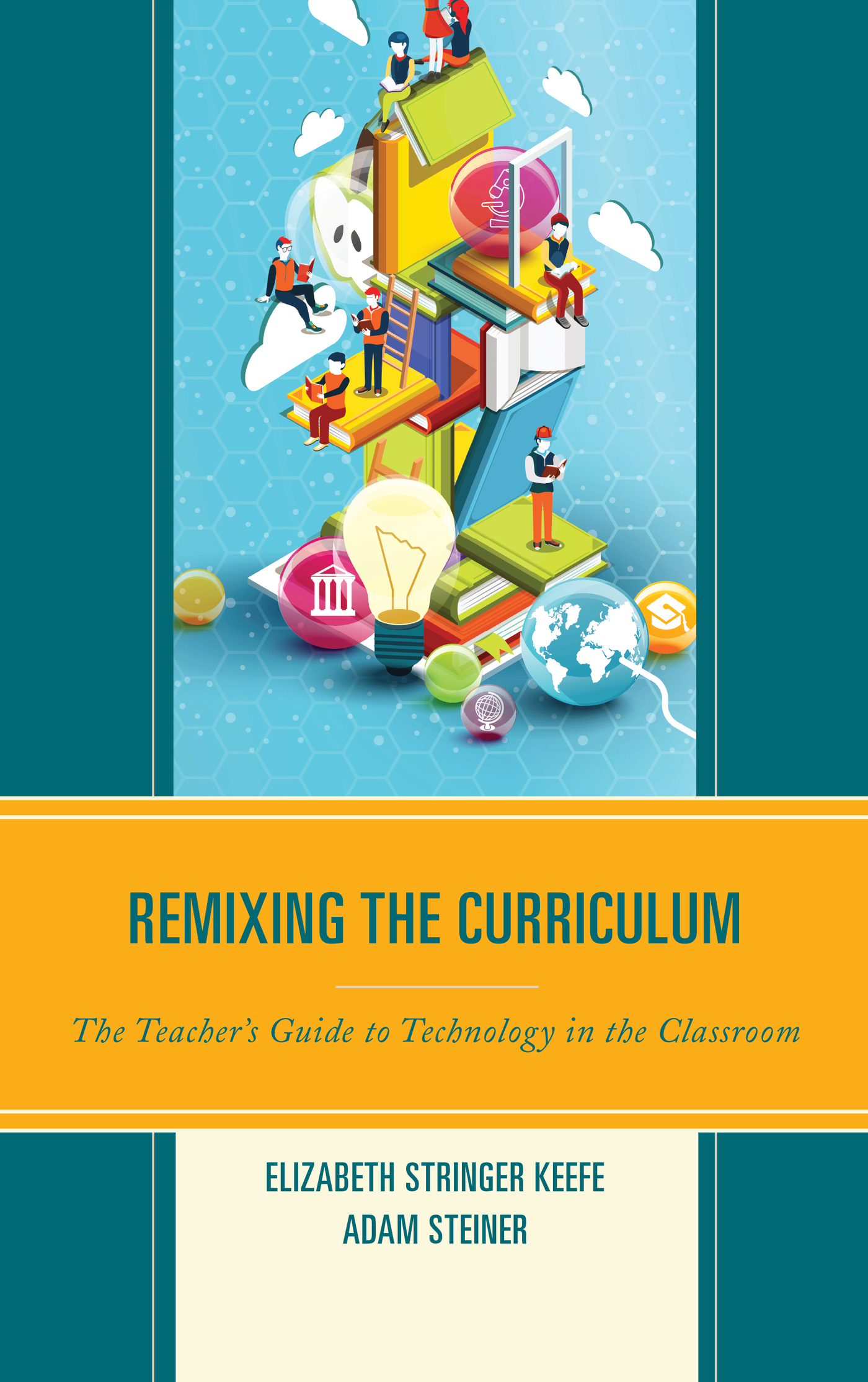Remixing the Curriculum
Remixing the Curriculum
The Teachers Guide to
Technology in the Classroom
Elizabeth Stringer Keefe
Adam Steiner
ROWMAN & LITTLEFIELD
Lanham Boulder New York London
Published by Rowman & Littlefield
A wholly owned subsidiary of The Rowman & Littlefield Publishing Group, Inc.
4501 Forbes Boulevard, Suite 200, Lanham, Maryland 20706
www.rowman.com
Unit A, Whitacre Mews, 26-34 Stannary Street, London SE11 4AB
Copyright 2018 by Elizabeth Stringer Keefe and Adam Steiner
All rights reserved. No part of this book may be reproduced in any form or by any electronic or mechanical means, including information storage and retrieval systems, without written permission from the publisher, except by a reviewer who may quote passages in a review.
British Library Cataloguing in Publication Information Available
Library of Congress Cataloging-in-Publication Data
Names: Keefe, Elizabeth Stringer, 1972- author. | Steiner, Adam, 1973- author.
Title: Remixing the curriculum : the teacher's guide to technology in the classroom / Elizabeth Stringer Keefe, Adam Steiner.
Description: Lanham : Rowman & Littlefield, a wholly owned subsidiary of The Rowman & Littlefield Publishing Group, Inc., [2018] | Includes bibliographical references and index.
Identifiers: LCCN 2017047115 (print) | LCCN 2017058501 (ebook) | ISBN 9781475815719 (electronic) | ISBN 9781475815696 (cloth : alk. paper) | ISBN 9781475815702 (pbk. : alk. paper)
Subjects: LCSH: Educational technology.
Classification: LCC LB1028.3 (ebook) | LCC LB1028.3 .K432 2018 (print) | DDC 371.33dc23 LC record available at https://lccn.loc.gov/2017047115
 TM The paper used in this publication meets the minimum requirements of American National Standard for Information Sciences Permanence of Paper for Printed Library Materials, ANSI/NISO Z39.48-1992.
TM The paper used in this publication meets the minimum requirements of American National Standard for Information Sciences Permanence of Paper for Printed Library Materials, ANSI/NISO Z39.48-1992.
Printed in the United States of America
To Mom, Dad, and Jess
ESK
To Kerry and my parents
ACS
Foreword
This book is arriving just as a digital shift is underway in schools, a shift away from a teacher-centered delivery of a one-size-fits-all curriculum to one that is activity centered, wherein students engage with flexible media and materials, collaborate on projects with meaning and purpose, and make progress according to individual strengths. To guide teachers and school leaders through this transformation, Elizabeth Stringer Keefe and Adam Steiner have leveraged their years of teaching experience and professional preparation to propose what they call the X framework.
It is particularly gratifying that their interest in universal design for learning (UDL) first emerged as part of a UDL leadership colloquium that I led at Boston College in the summer of 2011, as they were beginning their doctoral work. That initial inspiration has carried through their subsequent professional careers and is also an essential thread in this book, the culmination of years of study and their combined expertise in special education and technology.
Remixing the Curriculum and the X framework represent their experiences as both practitioners and researchers, and they are designed to accelerate access to the curriculum while creating unique learning conditions for all. At the center of the X framework is the intersection of four aspects of best practice: technology fitness, proactive planning, universal design for learning, and assistive technology.
By technology fitness the authors are referring to a mind-set or recognition that the media and tools of technology are forever evolving, requiring an ongoing readiness to match technologies with functional requirements. By proactive planning, the benefits of knowing in advance the needs and challenges of all learners is highlighted. With universal design for learning, a flexible curriculum wherein multiple options for presenting content, creating products, and relating to other learners is envisioned. Finally, with assistive technologies, the unique requirements of students with disabilities can be accommodated.
The X framework arrives at a particularly opportune time. Amid rapid technological change, an increasingly diverse student population, and a mandate for all students to access and participate in the general education curriculum, teachers and school leaders at all stages of development need inspiration, encouragement, and guidance. The idea that use of technology is today a lifestyle that must be embraced and incorporated into ones day-to-day activity is key to keeping pace with almost daily developments.
Proactive planning allows educators to be responsive to need rather than reactive to the inevitable problems that occur too late for resolution. Universal design for learning ensures a flexible curriculum to widen participation for all learners, and assistive technology enables access to learning for the most challenged students with special needs. The X framework provides not only an abundance of practical resources, but perhaps more important, a disposition for self-regulated ongoing professional learning.
Dr. Richard Jackson
Associate Professor, Lynch School of Education
Boston College
Chestnut Hill, Massachusetts
Acknowledgments
We wish to thank many people for their support, beginning with our patient spouses, Dennis Keefe and Kerry Dunne, and our children, Lucy, Cam, and Cooper Keefe and Nora and Maggie Steiner.
We are both indebted to Dr. Richard Jackson for his enthusiastic support and encouragement of this book, beginning with his guidance in the very first class we took as part of the Curriculum and Instruction PhD program at Boston College, where we met and began to collaborate. Additionally, we are grateful to both Dr. Marilyn Cochran-Smith and Dr. Andy Hargreaves for their support and mentoring, which helped shape us into the thinkers we are today.
We wish to acknowledge Liam Rutter Stokes for lending his artistic and all-around general expertise and support, especially in the final stages of the text; Liz Kenney Cox for her feedback and encouragement from the books inception; and the many teacher colleagues and students we have worked with who motivated us to formalize our ideas.
And last, many thanks to our editor, Sarah Jubar, for her belief in this project and her enduring patience.
Part I
The Technology Mindset
Youre in charge of your mind. You can help it grow by using it in the right way.
Carol Dweck
Chapter 1
The X Framework
Technology is nothing. Whats important is that you have faith in people, that theyre basically good and smart, and if you give them tools, theyll do wonderful things with them.
Steve Jobs
There are few places more complex today than the K12 classroom, a fact no one knows better than teachers. Our classrooms are comprised of a diverse fabric of students who vary educationally, racially, culturally, linguistically, and socioeconomically, and who each come through the door with a multitude of needsmany of which become the charge of the teacher. Add in the demands of curriculum, standardized assessment, and accountability reforms from critics of public education, and the result is a dizzying expectation for the educator.
Although societally we have recognized that the classroom has changed, it is teachers who have the very real and primary responsibility for shifting to address the change. Part of this involves developing and managing a rich and fluid academic environment that can support the needs of this vast array of learners. And as demands on public education increasethrough education reform policies that hold teachers accountable for what students have or have not learned as the result of their instructionthe cost for teachers is that there is less time to plan, less time to refine, less space to work to meet the needs of many students at once.
Next page
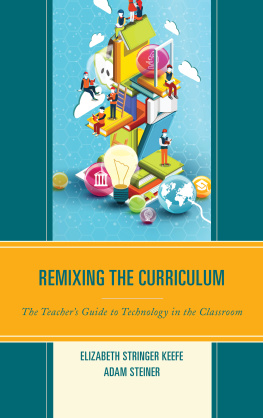



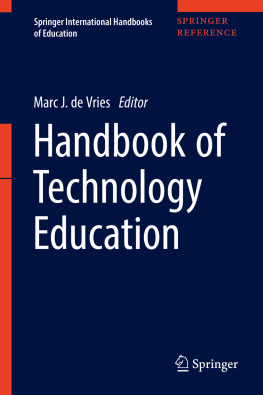

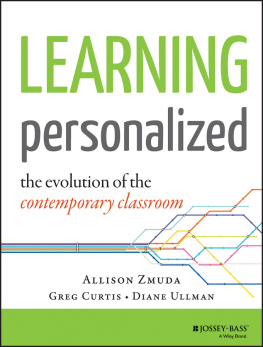
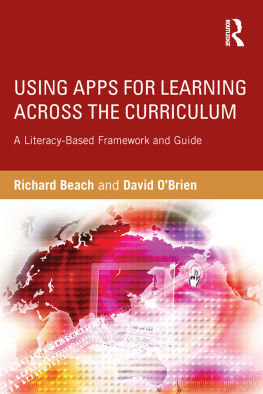
 TM The paper used in this publication meets the minimum requirements of American National Standard for Information Sciences Permanence of Paper for Printed Library Materials, ANSI/NISO Z39.48-1992.
TM The paper used in this publication meets the minimum requirements of American National Standard for Information Sciences Permanence of Paper for Printed Library Materials, ANSI/NISO Z39.48-1992.